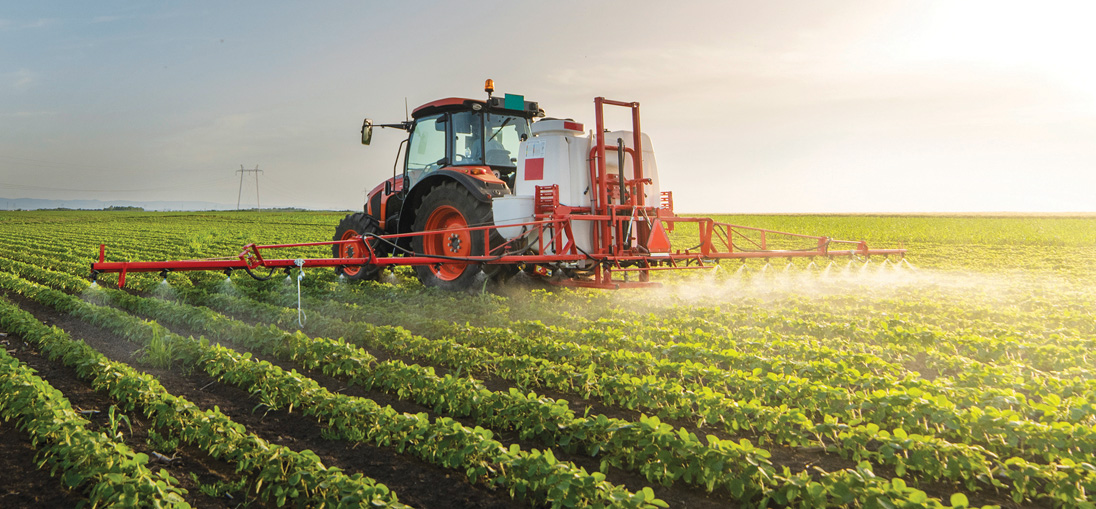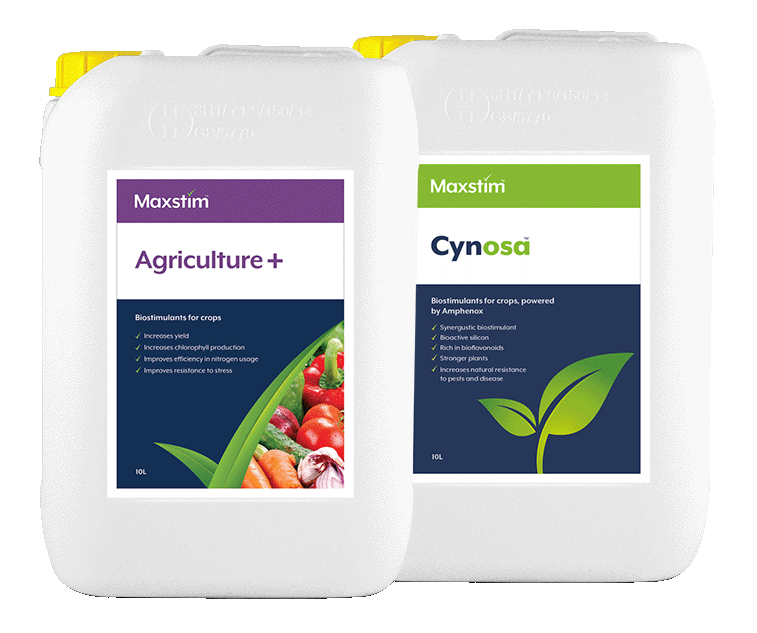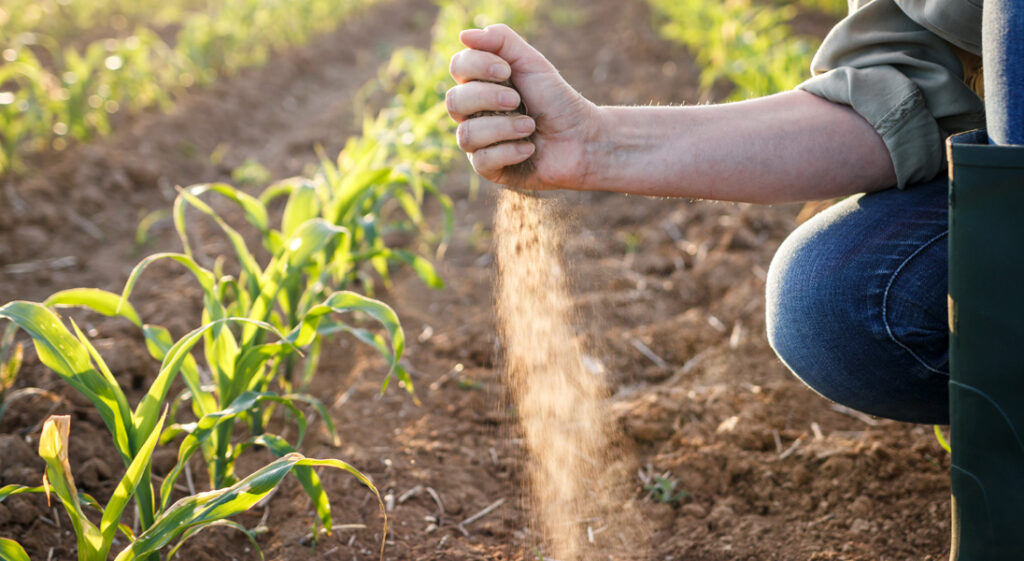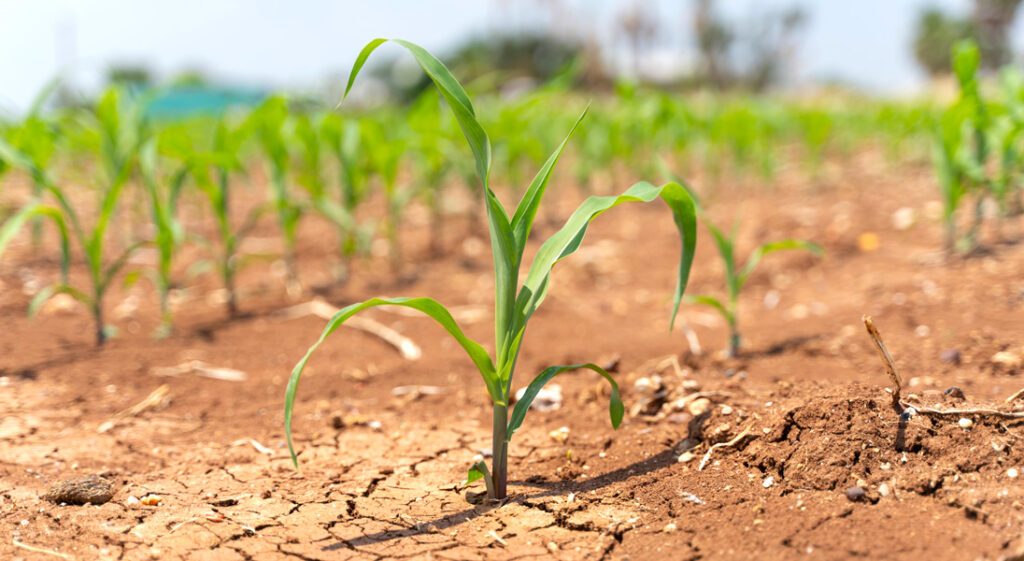The growth of biostimulant adoption
Insight

The use of biostimulants and the understanding of their benefits is growing.
Europe has led the way, accounting for half of a growing global market – but adoption is spreading as agricultural growers look for ways to sustainably increase their yields and profits. Previously biostimulant products were used primarily by organic growers but this is changing. The impact of global challenges which have increased fertiliser costs, alongside consumer demand for healthier foods which are grown more sustainably, are key factors in increased biostimulant useage.
The European Biostimulants Industry Council recently published their overview of the economics of the European biostimulants market.
Three core areas which are driving demand are profitability, increase in yield and the scientific research and innovation developing exciting new products.
1. Profitability of a crop is essential for a grower.
The EBIC shares the huge number of environmental benefits from using biostimulants. We’ve explained these in more detail here (link to article). How do these translate into improved return on investment for farmers?
In our experience, Maxstim complex biostimulants help growers to:
- Significantly improving the yield of a crop
- Improve the quality of a crop
- Grow more vigorous and healthier plants
- Reduce the need for additional costly fertiliser inputs
- Enable nutrient use efficiency
2. Plant biostimulants deliver yield increases of at least 5-10%.
The EBIC reports minimal yield increases of 5-10% when using biostimulants. Our extensive trial data corroborates this. Analysing our huge field data sets has enabled us to demonstrate enhanced crop output, in terms of both quantity and quality.
Trials using Maxstim products have demonstrated that, compared to control areas, there can be a greater increase of saleable yield that exceeds these stated averages:
- 22% for lettuce
- 16.3% for coriander
- 44% for grapes
- 18% for brown onions
- 26% for red onions
- 27% for aubergine
- 10.3% for raspberries
3. Biostimulants manufacturers reinvest 3-10% of turnover into Research & Development
Recent surveys by EBIC show that biostimulant manufacturers invest an average of 3-10% on research and development.
Last year Maxstim invested 23% of its turnover into R&D. We are a scientifically driven company that strives to keep innovating in the biostimulants market. This puts us in an informed position to influence the thinking behind the legislation regulating the industry. It is also reported that fewer than 10% of manufacturers are able to patent their products. We’ve recently patented our Amphenox™ technology which uses highly effective ingredients proven to have a positive effect on plants through their synergistic action. This leading development in the field of complex biostimulants is helping growers increase yields and margins above the averages reported.
Footnote –
Maxstim is a leader in biostimulant design and a member of the EBIC. We believe in supporting, contributing and aligning ourselves with influential organisations like EBIC to promote awareness, development and innovation in sustainable agriculture.
Reference https://biostimulants.eu/highlights/economic-overview-of-the-european-biostimulants-market/
Using Maxstim complex biostimulants, crops have shown significantly higher yields, better resistance to disease & stress along with stronger leaf & stem structures.

For more information about how Maxstim could fit into your schedule, call:
Tim Cannon
Email: tim.cannon@maxstim.com
Mobile: 07884 586191
Tony Kelly
Email: tony.kelly@maxstim.com
Mobile: 07974 435417

